The Future of Performance Reviews: AI, Feedback Loops, and Continuous Development
- Angela Novelli
- Sep 12
- 4 min read

Performance reviews have been a part of many different workplaces for a very long time. Traditionally, these assessments are conducted annually to highlight any strengths and weaknesses that each employee exhibited during the year. They have their benefits, however, these routine reviews are currently experiencing some much-need improvements to increase their effectiveness for both employees and employers.
About 58% of companies just use basic spreadsheets to track employee performance, and 77% of HR leaders agree that traditional reviews are not enough to accurately monitor employees’ daily performance. What does the future of performance reviews look like? What changes are organizations already implementing to shift this process to one that employers and employees will look forward to and benefit from? Between the use of AI, introducing feedback loops, and focusing on continuous development, performance reviews are receiving crucial new updates.
What are the Benefits of Performance Reviews?
There are several benefits to conducting performance reviews, including keeping everyone aligned to the company culture, improving productivity, and granting recognition where it is due. Performance reviews provide opportunities for shifting employees in the right direction in terms of how they spend their time and if any additional training is needed for them to improve their work. Employers should also ensure that their teams are aware of the good work they are doing, highlighting areas where they particularly flourish to show that they are valued and appreciated.
How is AI Transforming Performance Reviews?
AI is having a great impact on performance reviews through data-driven insights that can save a lot of time for both employees and employers. New AI review tools can track performance in real-time to produce results that are objective rather than ones that might be based on memory or any innate bias. These tools can monitor an employee’s work performance through project completion times, levels of productivity through any project management software, and communication patterns to determine what is working well and what could use improvement.
Using AI to assist with performance reviews can introduce several benefits:
Improved Accuracy and Decreased Bias: Using AI can help these assessments rely more on objective and accurate metrics and reduce any human bias or other errors. However, organizations must ensure that the AI tools are also implemented fairly and responsibly so that bias does not become a part of their algorithms.
Real-Time Feedback: Instead of receiving feedback once a year during an annual performance review, AI tools provide results in real-time if any issues in performance emerge. This ties into continuous development, which we will cover in more detail in this article.
Data-Driven Insights: AI-powered tools can use data-driven insights to determine what areas employees excel in, and what areas could be improved. This enables employers to provide more tailored feedback.
While AI tools can improve performance reviews, it is important to keep in mind that there could be other factors affecting an employee’s performance that only human connection can recognize. Technology cannot replace emotional intelligence and human intuition, which can recognize the total impact that employees have had on a company that does not depend solely on performance metrics.
How do Feedback Loops Impact Performance Management?
A feedback loop is an effective form of performance management that produces results that employees can then act upon, and then those improvements are put back through the loop. This enables continuous learning and development within teams so that productivity can grow and company culture can thrive. Employees can also add their own feedback based on their work and their view of the company into the loop so that changes can be made in many forms. This also helps to increase employee engagement as they will have a voice that is heard by management, which helps with overall job satisfaction as well. Utilizing feedback loops in performance management enables consistent critiques of work and provides an effective way for employers to monitor employee performance in relation to company goals.
What is the Importance of Continuous Development?
Continuous development, or continuous performance management, emphasizes the importance of shifting away from a traditional yearly performance review in favor of more frequent feedback. We have discussed this in terms of using AI tools and feedback loops to introduce real-time performance monitoring and consistent feedback.
Consistently monitoring performance allows employers to give input on areas that need improvement as they become aware of them. This can enable quicker training implementation if needed, or adjustments to the employee’s work to improve productivity and effectiveness. On the positive side, if an employee performs very well, they can be recognized for it in a timely manner, rather than it being forgotten for the next annual review.
This continuous development is highly beneficial to the future of performance reviews, serving as a more effective way for employees to learn how they might improve their work and receiving recognition when they perform well. It fosters a positive company culture based on collaborative growth and mutual success.
The future of performance reviews is one that can be much more effective than the traditional methods that organizations have used for a long time. Performance management has the potential to be something that is embraced regularly rather than dreaded each year, as receiving regular feedback will help overall and individual productivity and success.
“Change is inevitable Progress is optional.”
– Wayne Dyer, Author
Sources:

